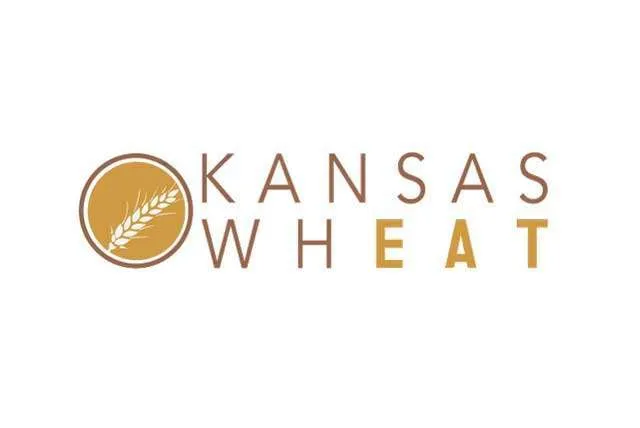Contact: Marsha Boswell, mboswell@kswheat.com
For audio version, visit kswheat.com.
The U.S. Department of Agriculture (USDA) estimated an additional 40 million people could be pushed into poverty and food insecurity due to the invasion of Ukraine, exacerbating a historic level of global food insecurity. As a result, the USDA and the U.S. Agency for International Development (USAID) announced the infusion of new funding for U.S. food aid programs last week. As it has for nearly 70 years, U.S. wheat will play a central role in helping feed those in need.
“Today’s food aid programs were sparked by a Kansas farmer, who suggested U.S. farmers could share their harvest with global neighbors,” said Kansas Wheat CEO Justin Gilpin. “Kansas wheat producers are proud to continue this tradition of championing food aid programs that provide high-quality wheat to those in need.”
In September 1953, Peter O’Brien, a young farmer and rancher from Cheyenne County, suggested at his county Farm Bureau meeting that Kansas farmers could give some surplus grain to countries in dire need — saving lives and building goodwill all at once. A resolution was drafted at the county level and was adopted by the Kansas Farm Bureau and the American Farm Bureau Federation.
In 1954, U.S. Senator Andy Schoeppel, also from Kansas, sponsored the Agricultural Trade Development and Assistance Act, a bill based on the grassroots resolution. The act was then signed into law by President Dwight D. Eisenhower.
These actions created today’s modern food aid programs. The United States now sends more food aid to countries in need than any other nation, and more wheat is used in the United States as in-kind aid than any other commodity. Wheat is also the most popular commodity for monetization, a development program where donated commodities are sold within the recipient country, and the proceeds support agricultural development projects.
Wheat food aid donations average around 900,000 metric tons (33 million bushels), including programs from USDA and USAID. In fiscal year 2019, USAID utilized more than 312,000 metric tons (11.5 million bushels) of U.S. HRW wheat for food aid, according to the agency’s fiscal year 2019 report to Congress. Ethiopia was the largest recipient of HRW food aid shipments in recent years, delivered through USAID Program Title II, according to U.S. Wheat Associates, the export market development organization for the U.S. wheat industry.
“From the beginning of these programs, Kansas wheat farmers have championed U.S. food aid programs,” Gilpin said. “U.S. wheat farmers continue to take pride in sharing their harvests with these programs to assist those facing global food insecurity.”
Last week’s announcement by USDA and USAID detailed how the agencies would provide $670 million in food assistance to countries in need. Importantly for wheat producers, this includes the release of $282 million from the Bill Emerson Humanitarian Trust to purchase wheat and other commodities to help feed people in countries experiencing food insecurity and cover the cost of transporting these commodities.
The Bill Emerson Humanitarian Trust was originally authorized in 1980 as the Food Security Wheat Reserve, designed to hold up to four million metric tons (nearly 147 million bushels) of wheat. The reserve was broadened to hold other commodities but was converted into an all-cash reserve in 2008. Under the 2008 Farm Bill, the U.S. Secretary of Agriculture may authorize the release of funds to purchase U.S. commodities in order to address emergency food assistance needs.
“Russia’s unprovoked war on Ukraine, a fellow major agricultural export country, is driving food and energy costs higher for people around the world,” said Secretary of Agriculture Tom Vilsack. “America’s farmers, ranchers and producers are uniquely positioned through their productivity, and through the Bill Emerson Humanitarian Trust, to help directly feed those around the world impacted by these challenges.”
Learn more about wheat’s importance to U.S. food aid programs at uswheat.org.
###
Written by Julia Debes for Kansas Wheat



